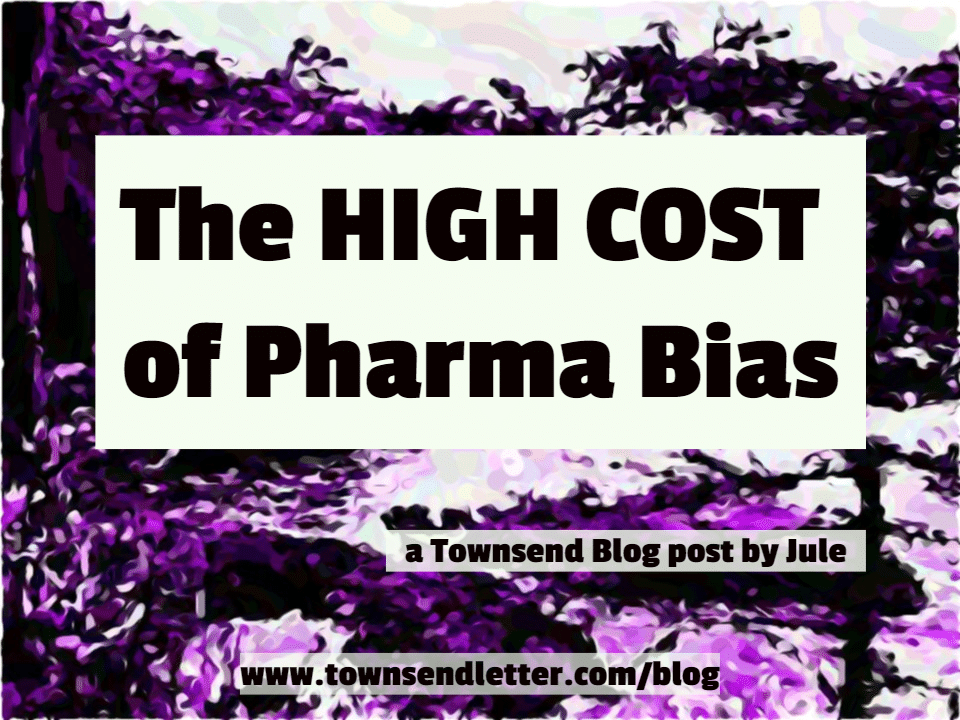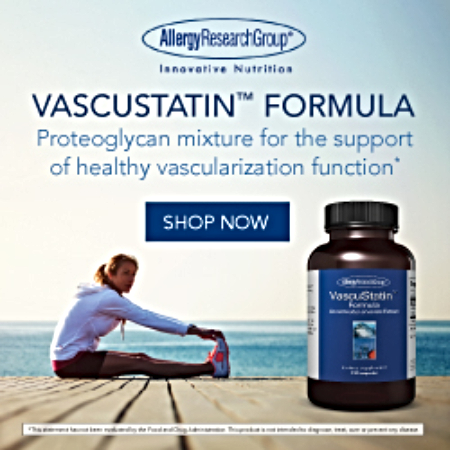…article continued...
There is much we can learn from this case and the studies therein. First, that there is current rethinking of radiation therapy after lumpectomy. Second, that it is a woman’s choice, and the more fully informed our patients are, the better to be able TO make a decision that is right for them. Third, our task is not only to address the cancer itself, but also the patient’s quality of life. To be clear, there is no one-size-fits-all approach, only what is right for a given women in a particular situation.
Patient with Stomach Cancer
What can we learn from our patients who have passed while under our care? Are these our failures?
This person had been diagnosed in 2018 with a known poorly differentiated adenocarcinoma of the greater curvature of stomach,with small mets to the peritoneum. She lived a good quality of life until 2021 when she passed rather suddenly after bowel obstruction surgery. She did quite well for several years with her chemo and an integrative oncology approach, which included a robust supportive oral protocol, IV vitamin C, and IV mistletoe twice a week. She was on a regimen of 5 FU, cisplatin, and leucovorin.
Tumor dynamics revealed that her cancer was her2neu negative. (Note: some types of cancer are her2neu positive, such as lung adenocarcinoma, prostate cancers, and some gastric cancers, though this is never checked for by her oncologist, and if so, most oncologists will not include Herceptin in a treatment regimen. In large part this is because Herceptin is not approved outside of her2neu positive breast cancers.) Yet our toolbox in integrative cancer medicine is full of good data on herbs and nutrients in her2neu positive cancer patients.
She had some leukopenia from her chemotherapy. Her oncologist wanted to give her either Neulasta or Neupogen.
I advised her to take a week off from chemo if her oncologist wanted to give her either of these two drugs. She followed my guidance, and this permitted her WBC to come back into normal range so she could continue with her chemo. There are studies in the British Journal of Cancer in 2017 that conclude that the occurrence of a low white count during chemotherapy is an independent predictor of increased response in several forms of cancer.
There are other reasons, which I learned in Mederi Foundation trainings that I participate in, to advise against either of these two bone-marrow stimulating drugs:
- It may play a role in worsening anemia in patients receiving adjuvant epirubicin and cyclophosphamide.7, 8, 9
- Granulocyte colony-stimulating factor, or Neupogen, suppresses autologous tumor killing activity of the peripheral blood lymphocytes in the patients with ovarian carcinoma.
This woman had a gastric cancer. She was probably given Neupogen unbeknownst to me, before she consulted me. Also, had her WBC or ANC dropped significantly and not come up with waiting a week more for more chemo, the other option that was suggested by integrative oncologist Dwight McKee, MD, was Leukine or sargramostim. Both are similar to Neulasta but are also anti-angiogenic, which is important in many cancers. This drug is a recombinant granulocyte macrophage colony-stimulating factor (GM-CSF) that functions as an immunostimulator.10
By September of 2019, she had done quite well with her chemo and an integrative oncology approach. She was active, travelling, and had a good quality of life. CT in October 2019 still showed the same mesenteric LUQ nodularity, as well as the implant on the greater curvature of the stomach about the same. A few mesenteric nodules consistent with peritoneal carcinomatosis appeared stable without new lesions. Her oncologist commented to her that he had not seen a patient with this type of metastatic cancer do so well, and even asked about the IV mistletoe she was receiving.
Unfortunately and sadly, even on her chemotherapy and her integrative oncology program, her cancer progressed, and she developed a small bowel obstruction that required surgery. After this, she sadly deteriorated and passed within three months. She remained the vibrant and hopeful woman whom she was, right up until she deteriorated. Working with such a person was highly motivating for me to continue to deepen my work in integrative cancer medicine.
What can we learn from this patient? That people can live a good quality of life while receiving therapies that keep an aggressive cancer at bay and stable. But this requires vigilance on the part of physician and patient and staying with a program that is working, as well as a patient who can afford these integrative therapies.
Triple Positive Breast Cancer Doing Well
A 49-year-old pre-menopausal woman with a diagnosis of triple positive breast cancer (ER+/PR+/Her2neu+) came to see me in September 2019. She had a lumpectomy on January 15, 2020. Five nodes were removed and were all clear. Of note is that her KI 67 proliferation marker on biopsy was very low. This often means a cancer may not respond to chemotherapy.
She was doing the Wylie Protocol under guidance from her oncologist for over a year after her diagnosis, which involves bioidentical forms of estrogen and progesterone. She had her estrogen metabolites monitored by another physician.
Because of the pandemic, her oncologist prescribed a subcu form of Herceptin called Herceptin-Hylecta every three weeks, which we administered to her.
Unfortunately, PTEN was never checked on her biopsy. This would have been good to order because PTEN, as a tumor suppressor gene, if mutated, can predict which patients with her2neu+ cancers will be resistant to Herceptin and Herceptin-like drugs. A 2009 published article stated that PTEN, a tumor suppressor gene, is a potential decision-making tool for trastuzumab use in breast cancer.11
Had it been mutated, there are no pharmaceuticals that address this mutation, but there are natural medicines for this. Jim Roach, MD, in Vital Strategies in Cancer, and Donald Yance, CH, MH(AHG) of the Mederi Foundation, have documented this published research.
Serum her2neu, a good marker in such cancers, ranged between 7.0- 12.3. More than 15 is of concern, and likely means that the cancer has developed a resistance to Herceptin or Herceptin class drugs. 12,13
Her oral program while on the subcutaneous Herceptin-like drug Hylecta included 10 olives per day and a lot of olive oil. Oleic acid, the main monounsaturated fatty acid of olive oil, suppresses Her-2 neu expression and synergistically enhances the growth inhibitory effects of Herceptin.14
Because there is a higher risk of brain metastases after 10 years in people with her2neu positive cancers, I suggested that she ask her oncologist to prescribe Lapatinib, or Tykerb, an oral tyrosine kinase inhibitor which crosses blood brain barrier (unlike Herceptin), instead of subcutaneous Herceptin-Hycleta. Such brain metastases are a late complication because the brain gets seeded in her2neu+ cancer cells.
Lapatinib is a small molecule dual tyrosine kinase inhibitor of both HER1/EGFR. Had she been on this and developed a rash, that is a good sign of drug effectiveness. Quercetinis an effective treatment that not only helps relieve the rash but also enhances HER2 targeting drugs.15
Her oncologist declined to prescribe this drug, perhaps because it would not have been approved by her insurance company.
This woman’s case reminds us to be observant and pay attention to the person and their lifestyle. She is a somewhat high-strung successful businesswoman. Premenopausal women with her2neu cancers tend to be overachievers, according to the clinical experience of Donald Yance, CH, MH(AHG), of the Mederi Center.
Catecholamines can stimulate Her2 mRNA expression and promoter activity. In one study, the antitumor activities of herceptin (trastuzumab) were significantly impeded by chronic catecholamine stimulation in gastric cancer cells and in the mice bearing human gastric cancer xenografts. Propanolol in low doses, like 10 mg daily, which is part of the CARE Oncology protocol, can keep this risk of overstimulation low. Propanolol in low doses in the morning, when added to Herceptin therapies, improves cancer survival by about 25%.16
There is also good data on the herb rauwolfia, when dosed correctly, in such cancers.17
Of course, there are herbs and nutrients, with good data backing them, that can achieve the same results, like Kava and glycine.
Why is this important? Epinephrine, a catecholamine, is a daytime driver of her2neu receptors. The risk in such patients is that catecholamine-induced β2 -adrenergic receptor (β2-AR) activation leads to Herceptin resistance.. One study demonstrated that a correlation of β2-AR level with Her2 status was demonstrated in breast cancer tissue. Catecholamines stimulate Her2 mRNA expression.18
With this patient, there was concern she was in a borderline hyperthyroid state, with a very low TSH of .0008, and high free T4 and free T3, while not taking any thyroid medication. Thus, the concern for excessive catecholamine release. She has a history of a partial thyroidectomy, reason unclear.
The conclusion of a study published in BMC Medicine in August of 2020 was that hyperthyroidism is associated with an increased risk of breast cancer, particularly for patients with toxic nodular goiter.19 This woman did not have this goiter diagnosis at present, nor was she taking excessive amounts of iodine, so it was presumed her abnormal hyperthyroid-leaning tests were lifestyle related. Her reverse T3 was quite high, indicating adrenal stress and catecholamine overdrive. This was discussed with her, and she was supported with herbs often used in hyperthyroid patients, such as leonarus, lycopus, and gromswell, as well as kava.
It was obvious to me from the beginning that she was not going to change her lifestyle behavior patterns that made her successful professionally. So, I attempted to work around that with relaxing herbs that would strengthen the parasympathetic nervous system, such as products with glycine and kava.20
Included in her oral program was quercetin, which is a type of flavonoid that suppresses invasion of breast cancer cells by controlling β2- adrenergic signaling and may be a dietary chemo-preventive factor for stress- related breast cancer.
Some people are not ready to look deeper and make the lifestyle changes they may need to make in order to heal, and it is not our task to force people to do this.
As of April 2021, she is doing well, off Hylecta, in NED, and with a normal bilateral breast MRI.
Article continues on next page…







